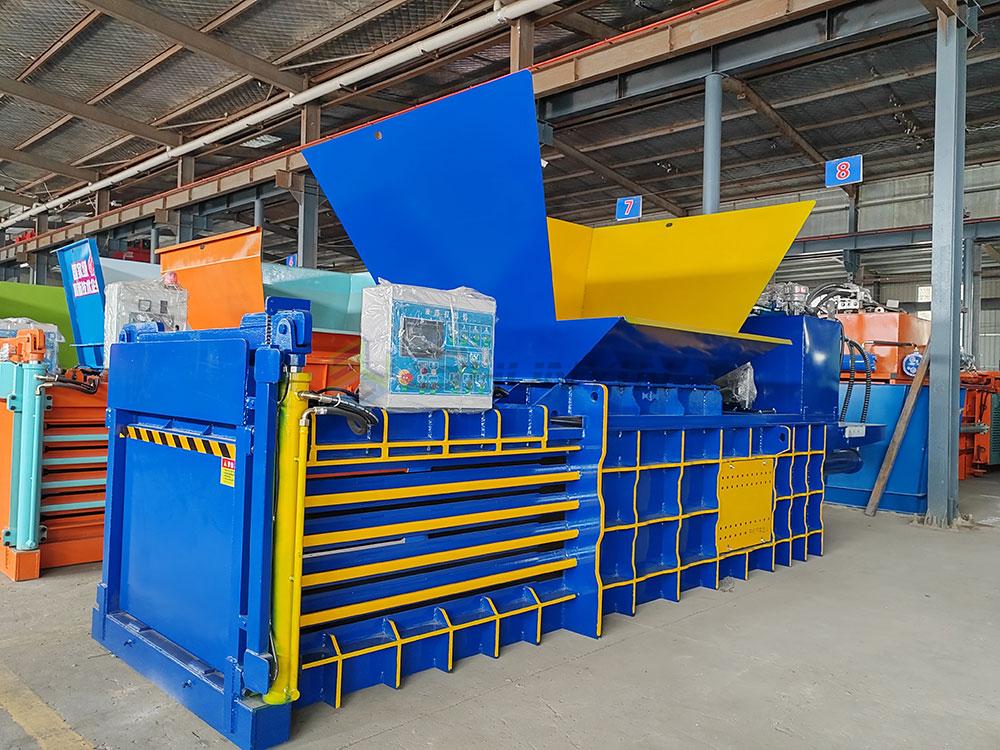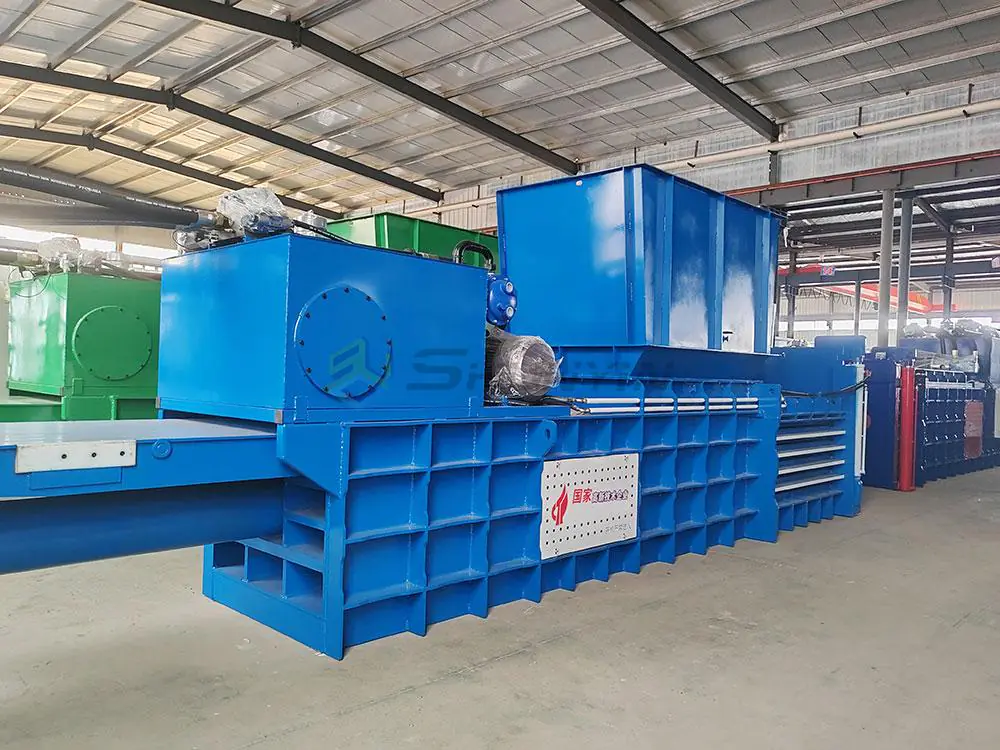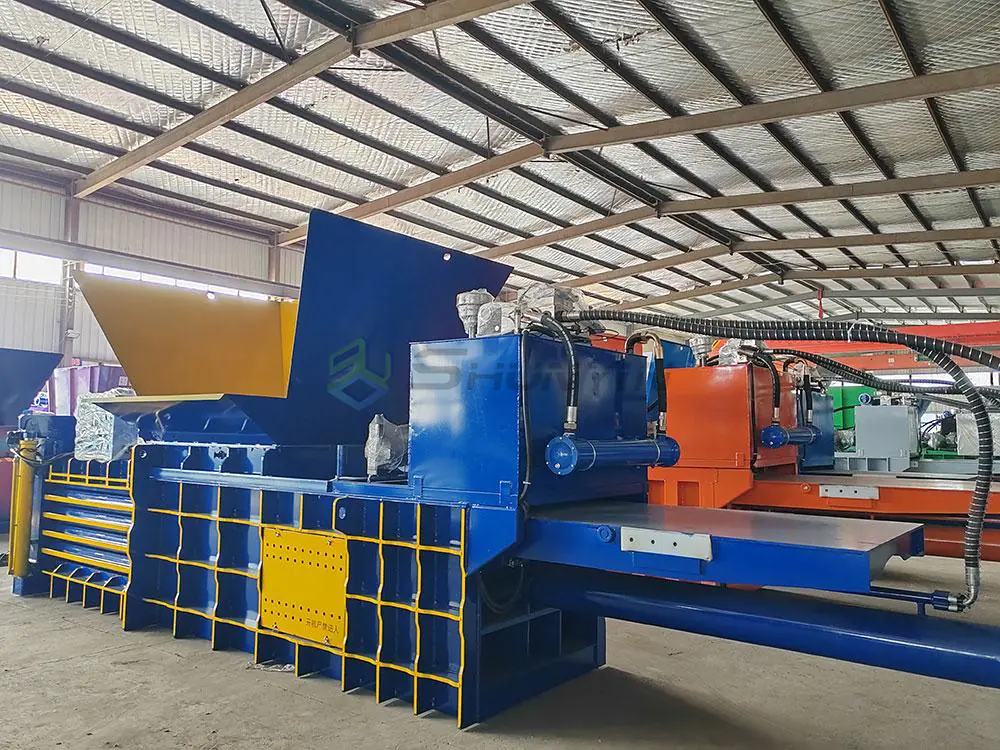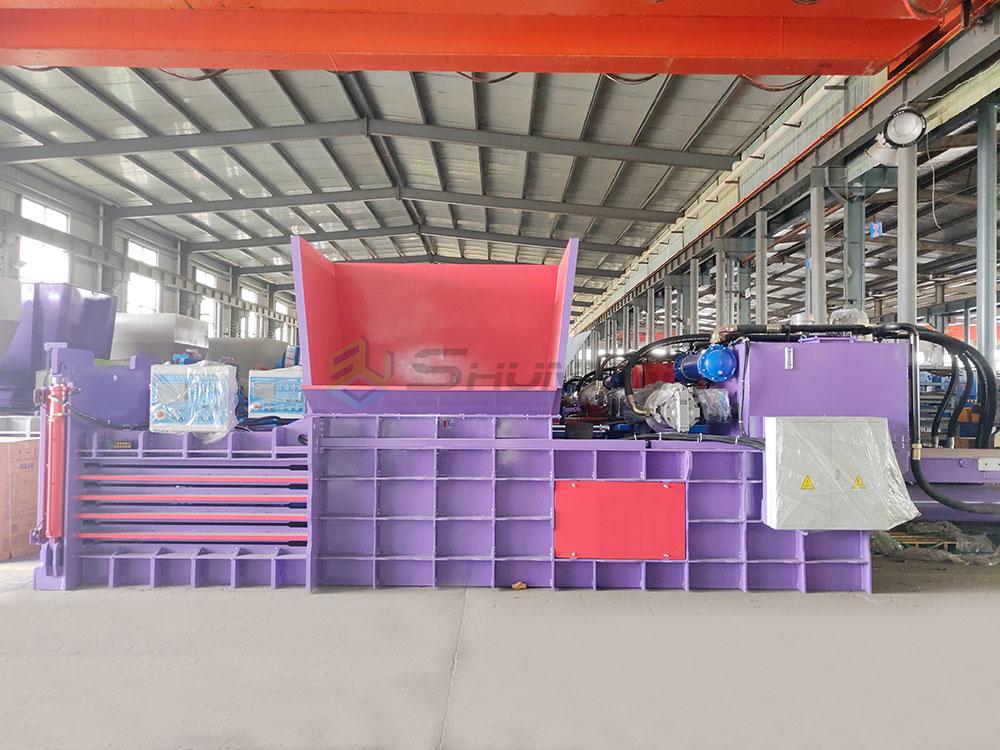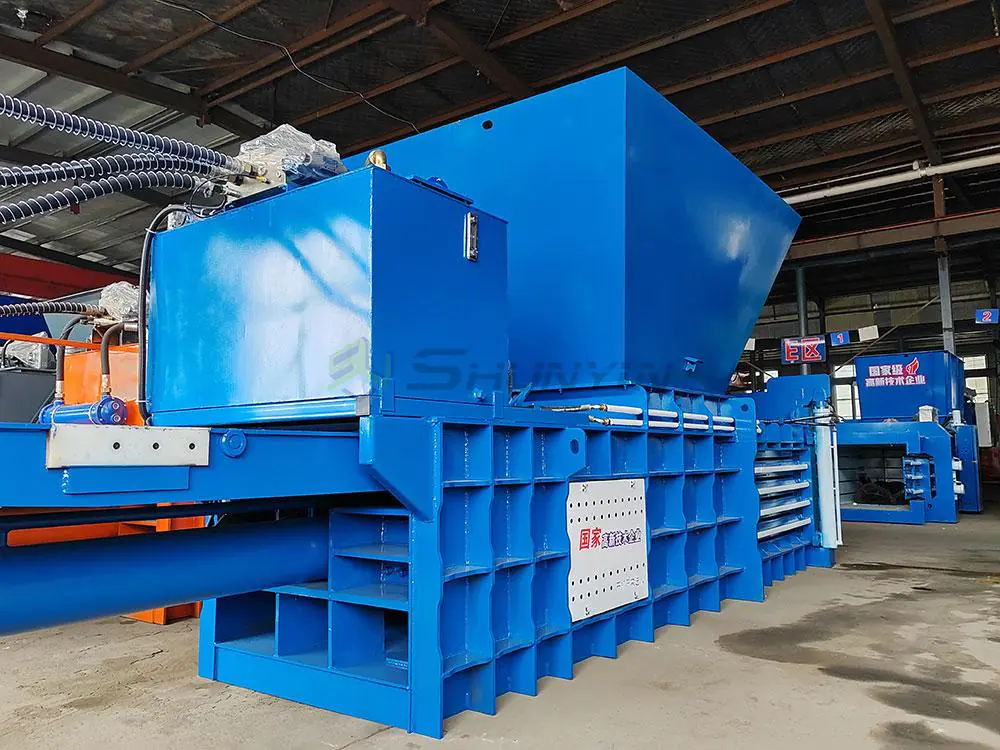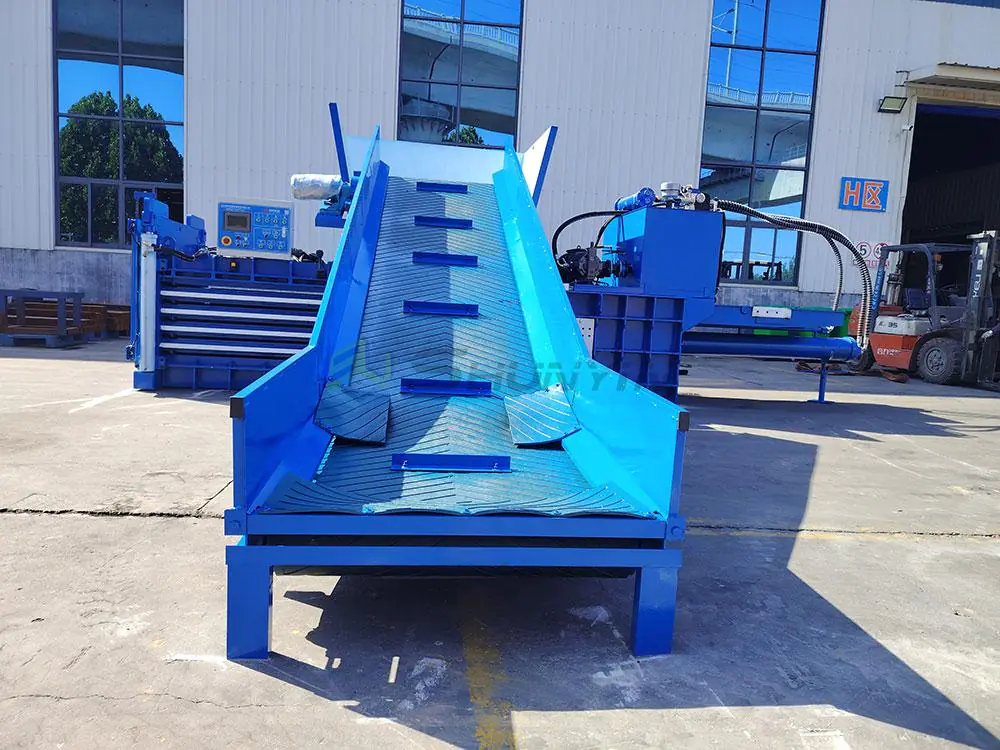Watching corn silage rot after harvest? Standard hay balers fail with moist crops. You’ll wreck equipment and lose precious fermented feed if mismatched.
Generally no: hay balers lack the specialized moisture handling and packing density required for corn silage, often causing mold growth, machine corrosion, and fermentation failure.

The differences matter more than you think. I’ll show exactly why dedicated equipment preserves both crops and profits below. Keep reading.
What is the difference between a silage baler and a hay baler?
Finding unexpected rust in your hay baler after trying corn? That’s acidity damage from silage moisture attacking unprotected metal.
Silage balers pack wet material up to 70% richer density through corrosion-proof stainless steel parts, precision knives cutting stalks evenly, and wrap systems sealing oxygen out—critical upgrades missing in hay balers.

Key engineering distinctions
Understanding why silage needs unique design can save your operation thousands. Consider these critical factors.
Moisture management systems
Ordinary hay balers fail above 30% moisture. Silage balers:
- Integrate drainage channels in chambers
- Use non-stick coated plunger faces
- Employ quick-release mechanisms preventing packed wet mass
| Moisture Level | Hay Baler Result | Silage Baler Result |
|---|---|---|
| <15% | Ideal bales | Excellent bales |
| 15-25% | Clogging risk | Function normal |
| 25-45% | Rust/deformation | Peak effectiveness |
| 45%+ | Machine failure | Reduced capacity |
After Lamert’s farm tried hay balers on wet corn last fall I replaced their worn shafts. Fix yours before breakdown
Fermentation protection
Preserving nutritional value requires:
- 6-8 wrap layers blocking oxygen
- UV-resistant twine/netting
- Needle systems placing oxygen absorbers
Standard hay wrappers only prevent dust and rain. Improper fermentation causes up to 50% feed value loss. We test every model in lab scenarios.
Is baling corn stalks hard on a baler?
Breaking shear bolts weekly? Corn stalks deliver 3X the impact of hay stems, shredding standard balers over time.
Yes: corn stalks’ woody structure and high silica content create abrasive wear exceeding 40% faster on plunger heads, bearings, gears and drivetrains compared to hay.
 Automatic horizontal baler machine[/caption]
Automatic horizontal baler machine[/caption]
Protecting your investment
Corn demands reinforced components. From our Canadian field data, here’s how.
Critical wear points
Specific areas fail first without upgrades:
| Component | Hay Baling Life | Corn Stalk Baling Life | Solutions |
|---|---|---|---|
| Plunger bolts | 15,000 cycles | 5,000 cycles | Tungsten-coated bolts |
| Main bearings | 1 season | 4 months | Reinforced roller bearings |
| Gear teeth | 3 years | 11 months | Case-hardened alloy |
| Knife edges | 700 acres | 200 acres | TCT carbide tips |
Lambert skipped these upgrades once. Cost? $28,000 in emergency repairs.
Performance optimization tactics
Proactive steps reduce damage:
- Pre-shred stalks before baling
- Reduce ground speed by 40%
- Hydraulic pre-compression cycles
Our silage-specific balers come factory-reinforced. Inquire about corn-rated builds to prevent downtime.
Can corn silage be baled?
Want bales instead of bunkers? Precision engineering makes compact silage bales possible with higher feed retention than pits.
Yes: corn silage baling requires balers achieving >700 kg/m³ densities using stepped-compression systems, paired with 6-8 ozone-blocking wrapper layers ensuring 60-hour ferment completion.
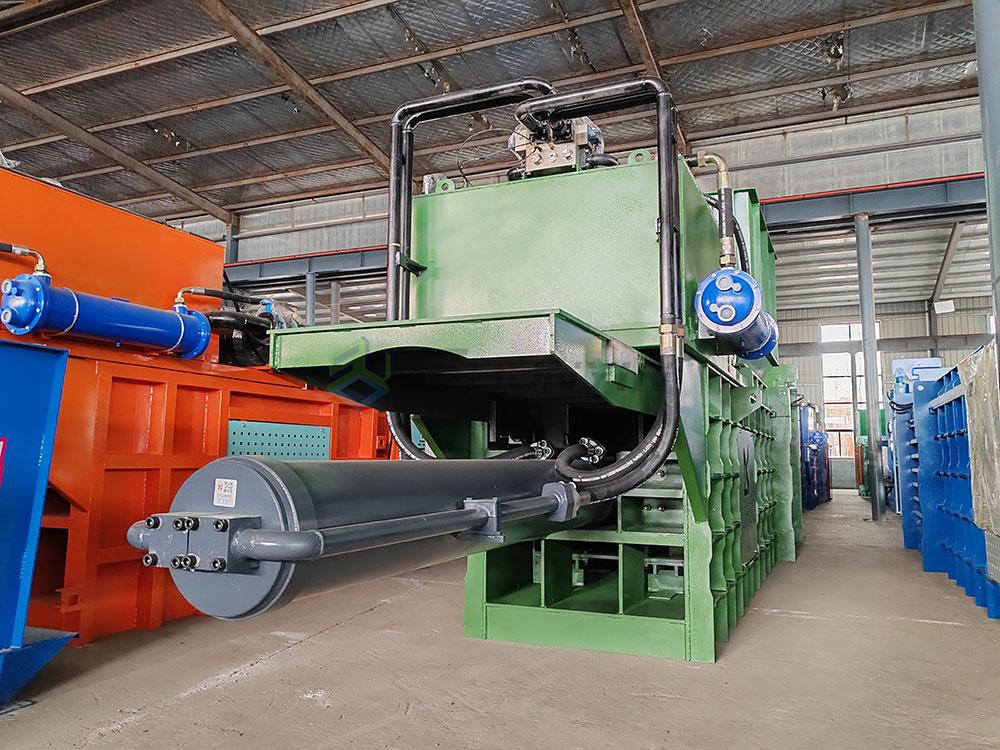
Mastering the technique
Success depends on coordinated science. After 8 seasons improving this method.
Moisture-to-density formula
Target key parameters:
- Harvest at 65-68% moisture
- Chop length under ½ inch
- Compact within 15 minutes of cutting
- Wrap within 2 hours maximum
| Delay After Cutting | pH Change | Aerobic Bacteria Growth |
|---|---|---|
| 1 hour | Normal fermentation | Minimal |
| 3 hours | +0.3 points | Moderate |
| 5 hours | +1.1 points | Explosive |
Our clients maintain target bale temperature at 100°F using thermal monitoring sensors. Want the tool? Just ask.
Feed value evidence
Lab analysis by Ag Canada shows:
- Crude protein preserved at 8.5-9.2%
- NDF digestibility +14% vs uncovered
- Mold count below 6% vs uncovered’s 60%+
I guide all users step-by-step. Get personalized corn baling plans
Can you bale hay with a silage baler?
Waste off-season potential? Silage-ready machinery handles dry forage too with minor adjustments.
Yes: silage balers effectively process hay by disabling wrap systems, opening moisture drains fully, and reducing hydraulic pressure 20-30% to prevent over-compaction of brittle stems.

Optimizing dual use
Convert seamlessly between crops. Japanese clients report higher net gains with this strategy.
Operational adjustments
Key changes needed when switching:
| Setting | For Silage | For Hay |
|---|---|---|
| Compression | Maximum | Medium |
| Moisture control | Sealed | Drains open |
| Knife speed | High | Low-Medium |
| Wrap layers | 6-8 | 0 (tying only) |
| Cycle time | Slow | Fast |
For mixed farming, this flexibility boosts ROI 15%. I helped set up Quebec farms saving $120/acre annually.
Cost-performance balance
Silage balers running dry forage:
- Output matches standard hay models
- Wear decreases 25% (no corrosive juice)
- Fuel consumption rises 8-12%
Run the numbers with our specialists: https://lemonchiffon-shark-638535.hostingersite.com/contact/
Conclusion
Corn silage demands purpose-built balers with corrosion resistance and fermentation features, while upgraded machines efficiently handle both silage and hay when configured correctly. Secure your harvest today.


